|
|
I love this photograph, two buses on Mill Bank , so it must have been a busy day. Duck Hole pit is clear as is Kilton Mill and shows clearly the arched bridge which stood for many years before the road was re-alligned. Since then Kilton Mill house and Mill have almost ‘cowered’ below the road as it soars past on the embankment it now occupies.
Back Row: Mrs Leybourne, Trevor Himsworth, Mike Allison, Mike Tyreman, Gary Yarker, Colin Taylor, Neil Colbeck, Sean Gray, Paul Easton, Steve Wilson
Middle row, Keith Lindsey, Carol White, Jennifer Dickenson, Deborah Shaw, Susan Cook, Paula Sawdon, Dawn Jefferson, Tracy Roberts, Tracey Stewart.
Front row: Susan Stevenson, Judith Buxton, Lesley Hall, Rob Wallace, Graham Craggs, Jennie Collins, Carol Grey, Jackie Beatie, Catherine Robinson.
Sittingat front: Neil Bint, Richard Kemp, Ian Bowers, Kevin Patton, Mike Richardson.
Image courtesy of Marian Toulson; with thanks to Craig Urban, Catherine Robinson and Tracy Stewart for the updates.
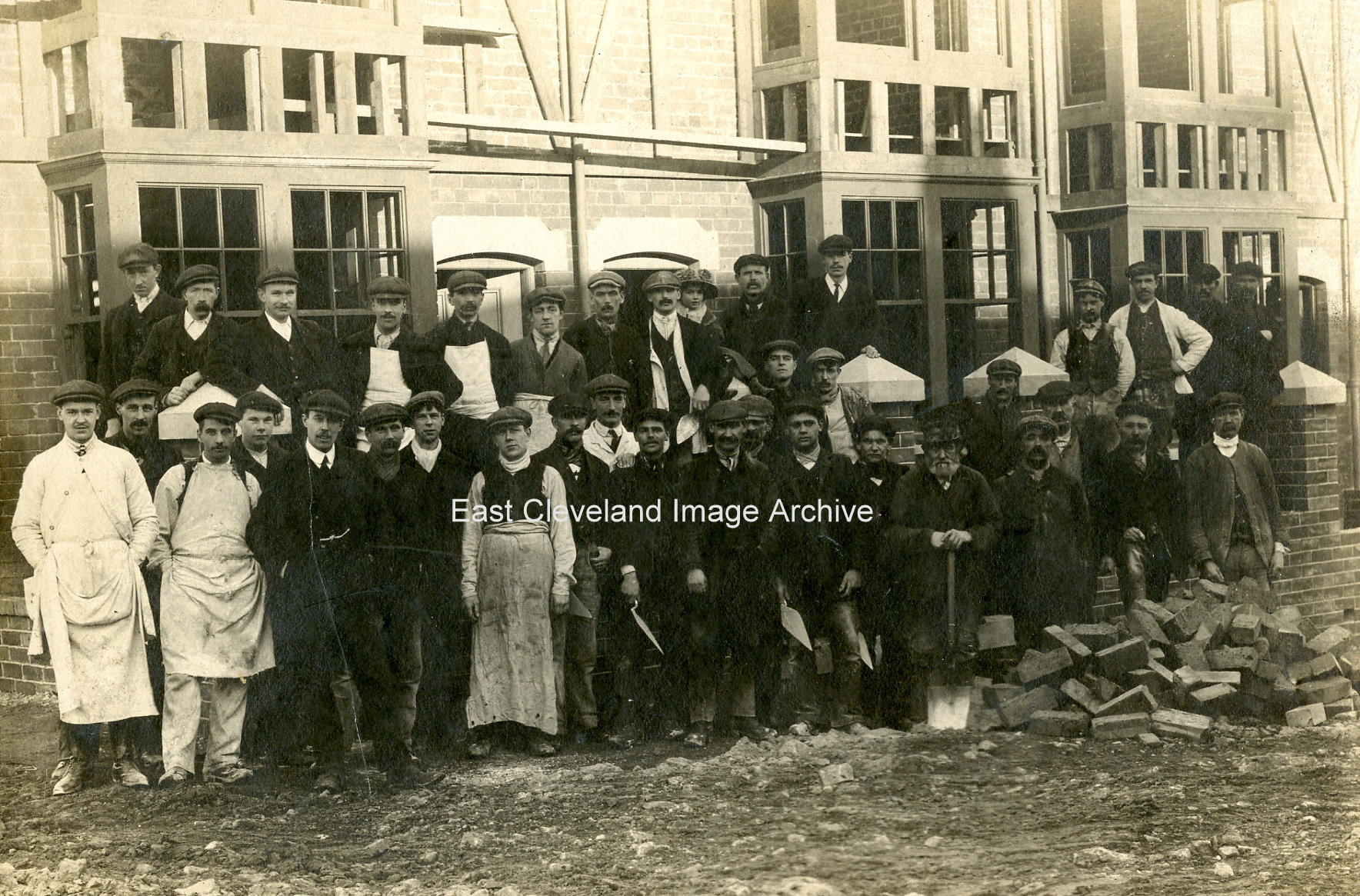
We thought that this was a photograph of Hebditch’s builders, but we could not place the terrace of houses that they were working on. Stephen Steyert has now told us that this is Rawlinson Street, Carlin How. Charles Hebditch came from Scarborough to Loftus and built the Congregational Chapel in 1906 followed by the houses on the south side of West Road, between the garage and West Park Avenue. In 1911 he was living in one of them; ‘Briardale’, with his family. He bought the land on which nos. 20 to 25 Cliff Crescent stand in 1908 and the houses were completed in 1909. At that time he was working in partnership with Theodore Wilcox, another builder from Scarborough. He also built many other houses in and around Loftus. In answer to Mark Green’s query, Lax Street originally faced Maynard Street; the entire row of houses was demolished when the road was re-aligned removing the necessity of the traffic to pass through Carlin How in a series of sharp bends.
Image courtesy of Loftus library and many thanks to Stephen Steyert for that update.
This aerial view of Carlin How shows passing United buses in the square in the late 1960s and prior to the new road system.
Derick Pearson has happy memories of this area: ”The old Air Raid shelters on the common where the Tivoli Theatre stood many years before hand. We used to play on the roofs of these as children. The telephone box on the extreme left near the rear of Porritt’s shop where we used to get our Paraffin. We could stand here near the toilets and see the bus coming from Loftus and then run into the square to catch it as it came up the bank from the old lazy S bend road bridge. The houses in the centre island between the Skinningrove and Loftus road which belonged to Cunnington in my childhood days. Also the grass area in front of the houses in Stevenson Street, no fenced off gardens then and also behind Front Street the houses of Lax Street, all moved long before the new road was built. The School and playing field. The bus stands were bustling most of the day as the shifts changed on the works. So many memories from a small area.” Stephen Thornton asked: “What was the building to the left of the Maynard Arms, siding on to Chappies Bank? Has any one seen any photographs of the Air Raid shelters at the top of Queen Street? Same concrete roofs as these, ideal for playing on.”
Image courtesy of Carlin How Community Centre; thanks to Derick Pearson for the commentary of this now vanished scene and to Stephen Thornton for the update.
To the bottom left are the stables, then comes Overman’s Cottages (hoss muck terrace, as it was known by the locals) then what looks like a bridge is where the stone from Loftus mine was taken to Duck Hole and up the shaft to the works at the top of the bank. This happened when the railway put up the charge for the mine using the zig zag line. Kilton viaduct can just be seen and Mill Bank snakes it’s way to the top of the photo. We must not forget the children posing in the front of the photo, it was wonderful how the word got round when the photographer was coming.
A lovely photograph of local fishermen on Skinningrove beach (jetty visible in the background); the man standing on the back of the tractor is Terry Hall do you know the names of any of the others? Please tell.
More information came from Marie Cox who advised: “the man driving the tractor is William (Bill) Cox my dad and the man on the outside of the boat is Terry Hall’s son Steven.” Mr Cox driving the tractor, the man in the boat known by most as Dixie and the man outside the boat is the son of Terry Hall, the owner of the boat.
Image courtesy of Kathleen Hicks, thanks to Marie Cox for the update.
That is the thought that came to mind as I looked at this photograph and saw the man by the side of the bus, or was it like Lythe bank when the United bus was full those standing had to walk to the top? A lovely peaceful scene you wouldn’t see Mill bank so clear of traffic now.
Image courtesy of Kathleen Hicks.
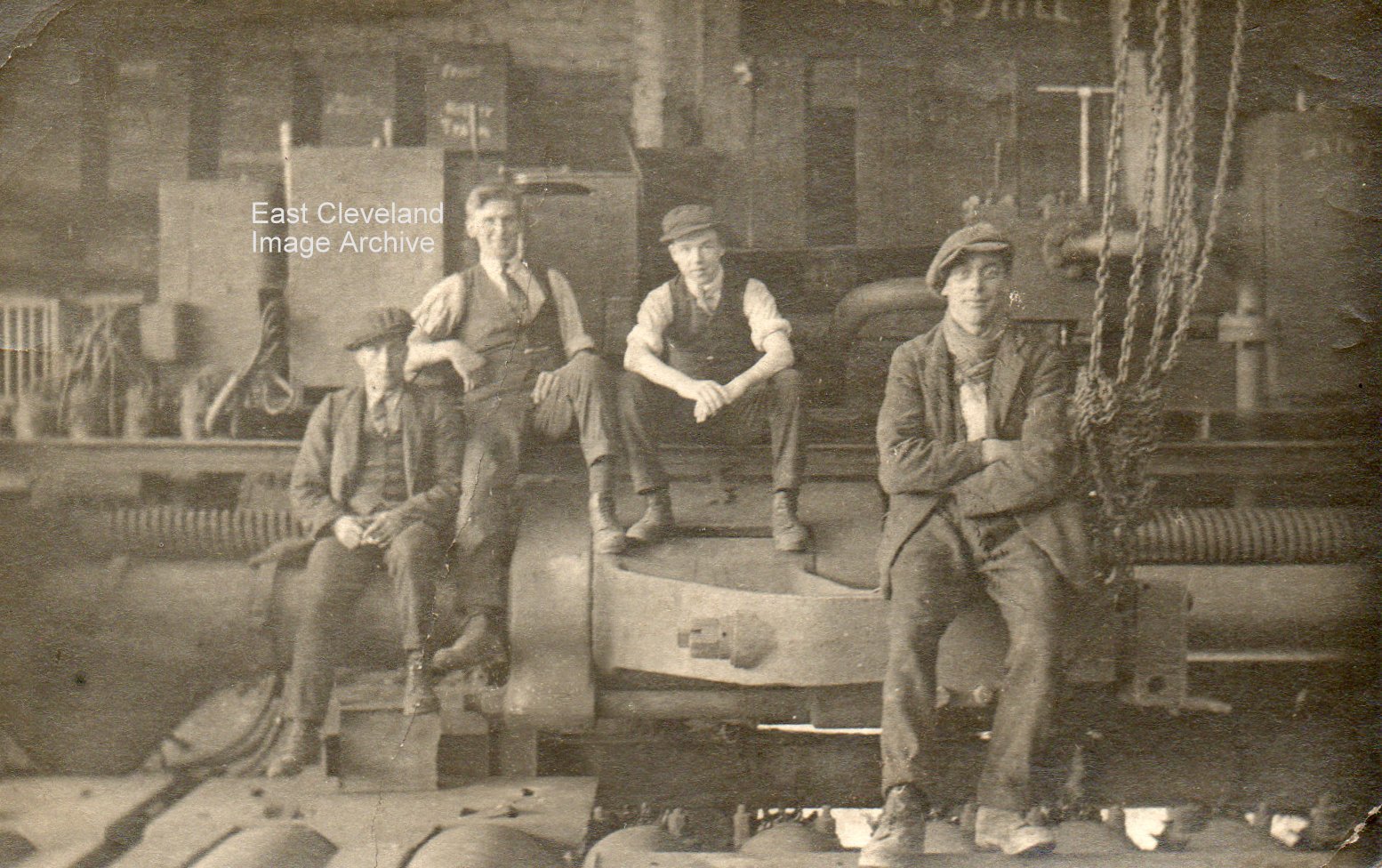
Well that was the caption on the back of the photograph together with ’pre war’ and the names of those in the picture: Lenny Calvert, Ernie Johnson, Charlie Vodden and Tot Porrit. George Brown tells us: ”The large metal block on which the men are; sat moved along the screw thread you can see behind them – IN or OUT – and set the length of billet of steel to be cut by the shears which are out of the picture to the right hand side . I have not seen the complete set up till now as it was not used in my time at the steelworks and parts had been removed. If it had just been in use it would have been too hot to sit on! So must be up for repair or when first put in. Hope this helps?”
Image courtesy of Kathleen Hicks and thanks to George Brown for the update.
On the back of this photograph (produced by the photographer Greenbank of Carlin How) is written: ‘On August 10th, 1927 in Bell’s Farm grounds Salvation Army children’s picnic, Reggie and Kenneth were there and they were all taken on Tom Dart’s coal cart. The lady on the right standing is Sally Padgett and the lady kneeling on the right is Mrs Allsop.”
Do you know anyone else that is there? Note how clean everybody looks, obviously the cart was well cleaned for such an outing!
Bells Farm is what is now known as Kilton Hall Farm, Kilton Lane. The bank up which you travel from Carlin How, used to be called Bells bank, later Blackett’s bank and until recently Ramsey Hall’s bank (Ramsay Hall was father of Richard Hall the present occupant of Kilton Hall). Fiona Jenner writes: ”I was very interested to see this photograph as I think it includes my great-great grandfather Thomas Dickinson Wright (third from right on the back row). He was originally from Boston in Lincolnshire but married a Yorkshire girl Anne Smith in Loftus. They moved around quite a bit but in 1917 were living in Tin City in Boulby. Their link to Skinningrove could be that one of their daughters, Elsie, married a Shelley and lived there (Tina Dowey’s grandmother)”.
Image courtesy of Kathleen Hicks, thanks to Derick Pearson and Fiona Jenner for the updates.
A Class 37 in Railfreight livery passes what looks like a Class 31 stranded on the roads at Crag Hall, by the lean on it it looks like a broken spring. Russ Pigott tells us: ”The 31 is actually derailed. It came off on the points leading to the headshunt that are worked from the box. I was having my annual assessment at the time and so was the signalman. Also the train was an inspection saloon from York, I’ve never seen so many gaffers in one spot! The cause was put down to poor maintenance of the point rodding and as the Chief Signalling Engineer was in the saloon I reckon he would have got a lot of stick afterwards!”
Image and additional information courtesy of Russ Pigott.
|
|
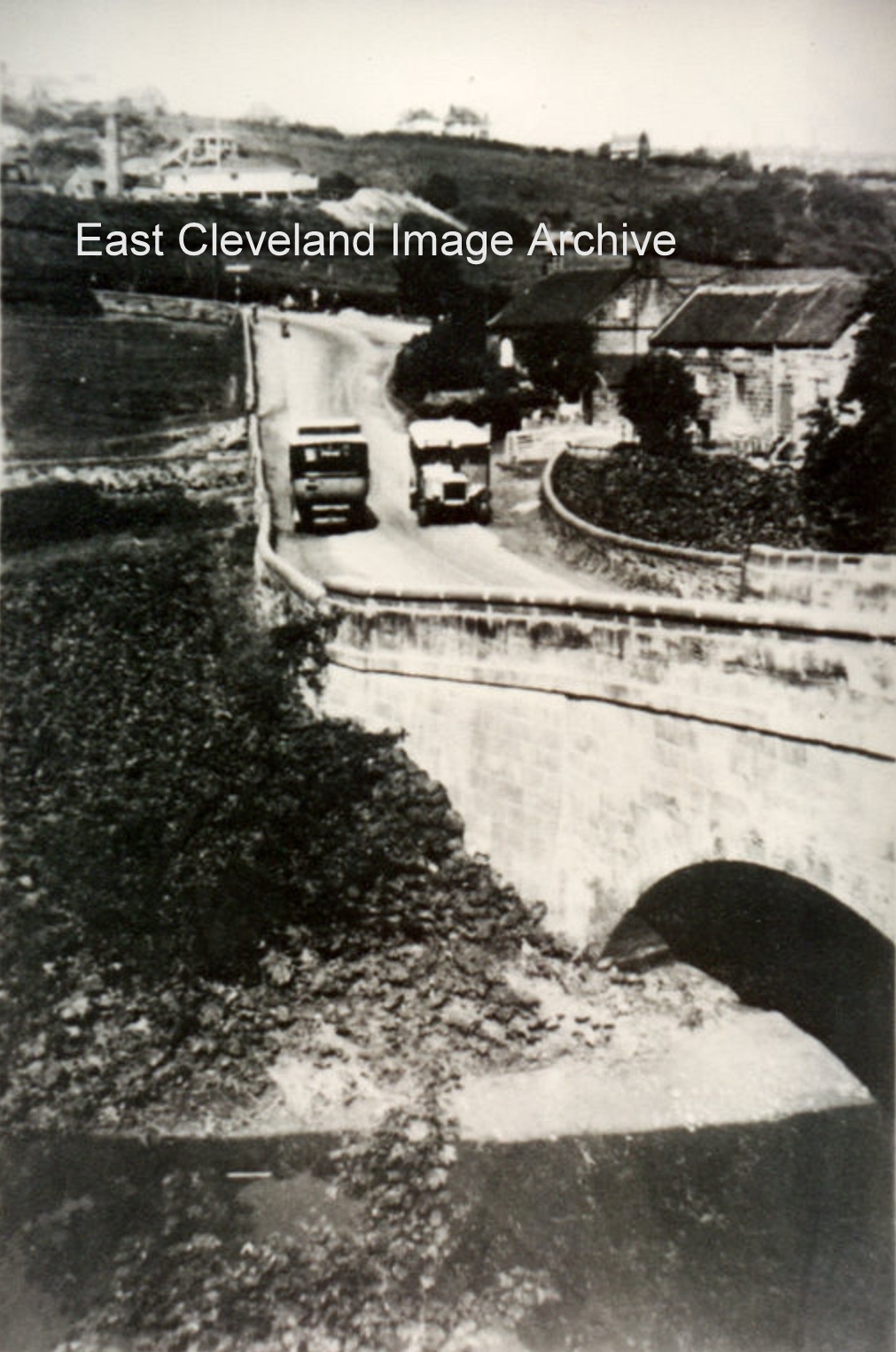
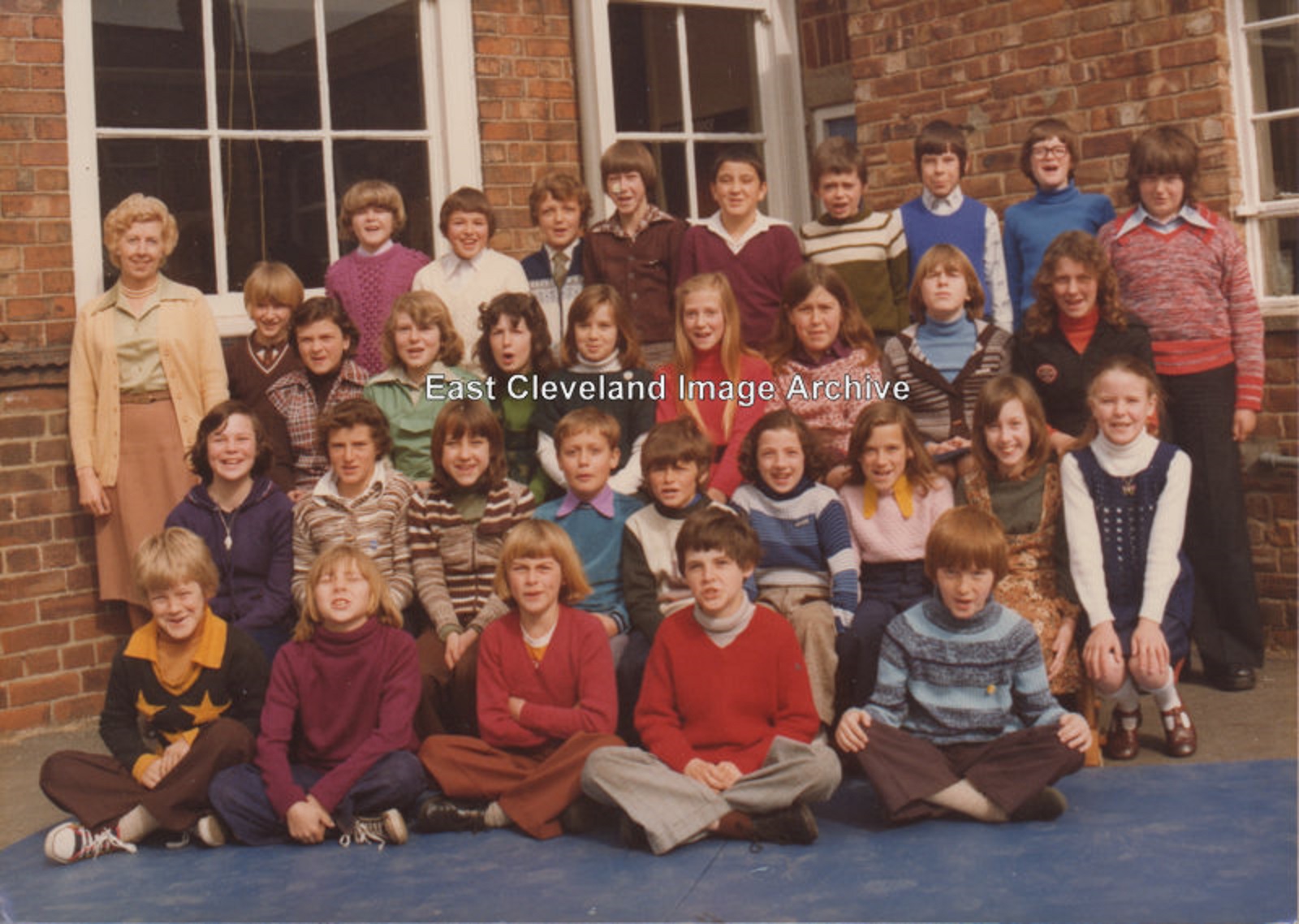

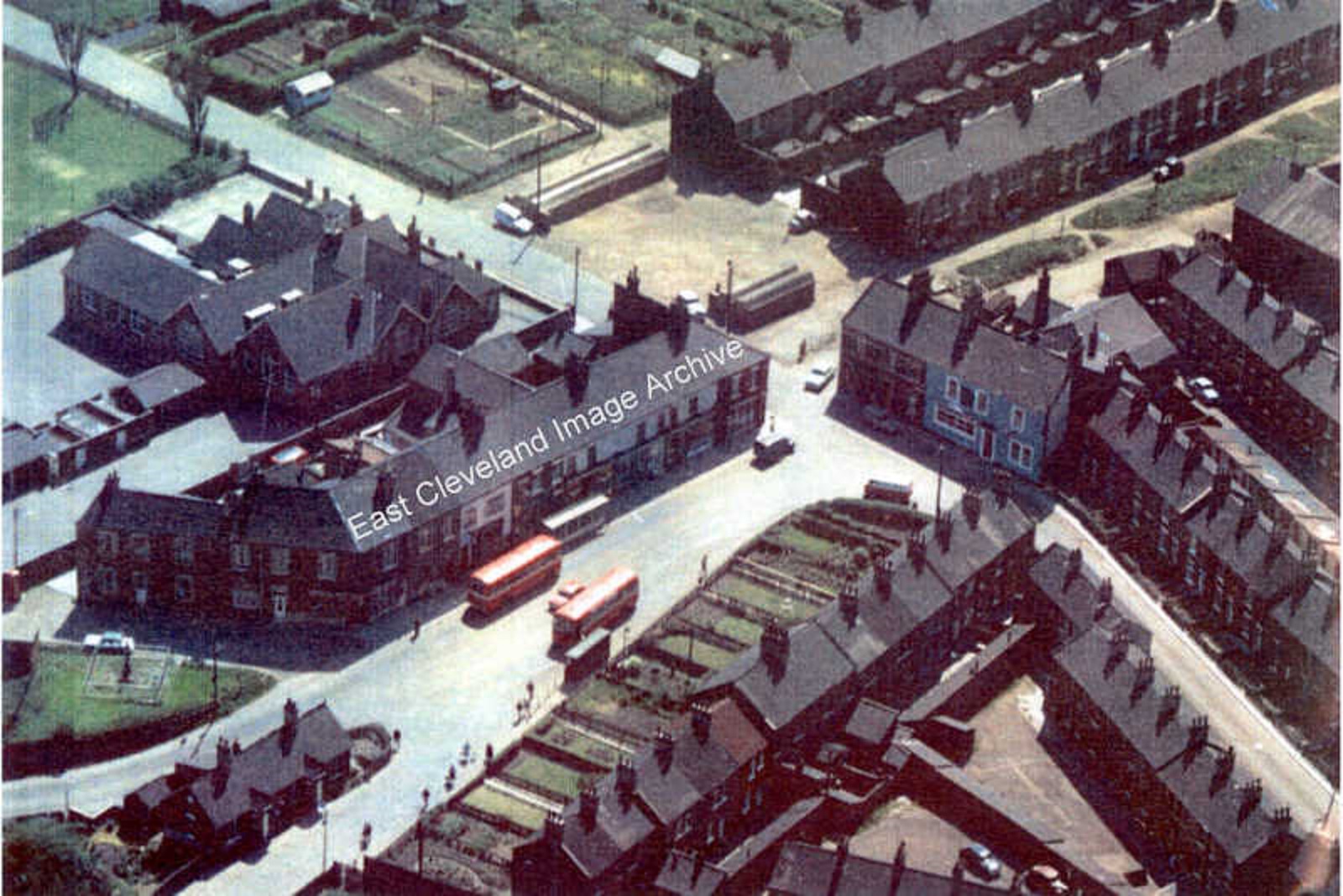
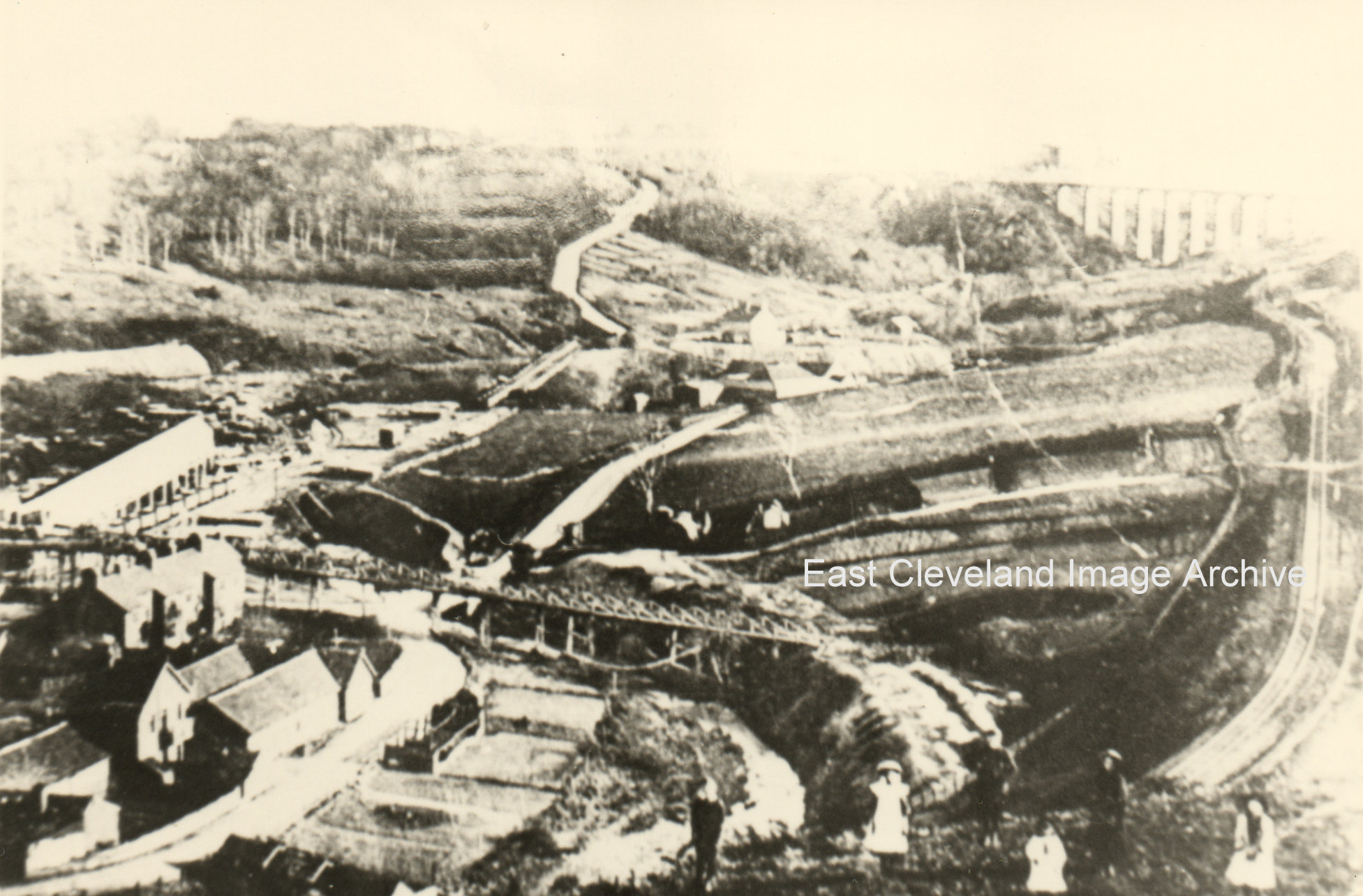
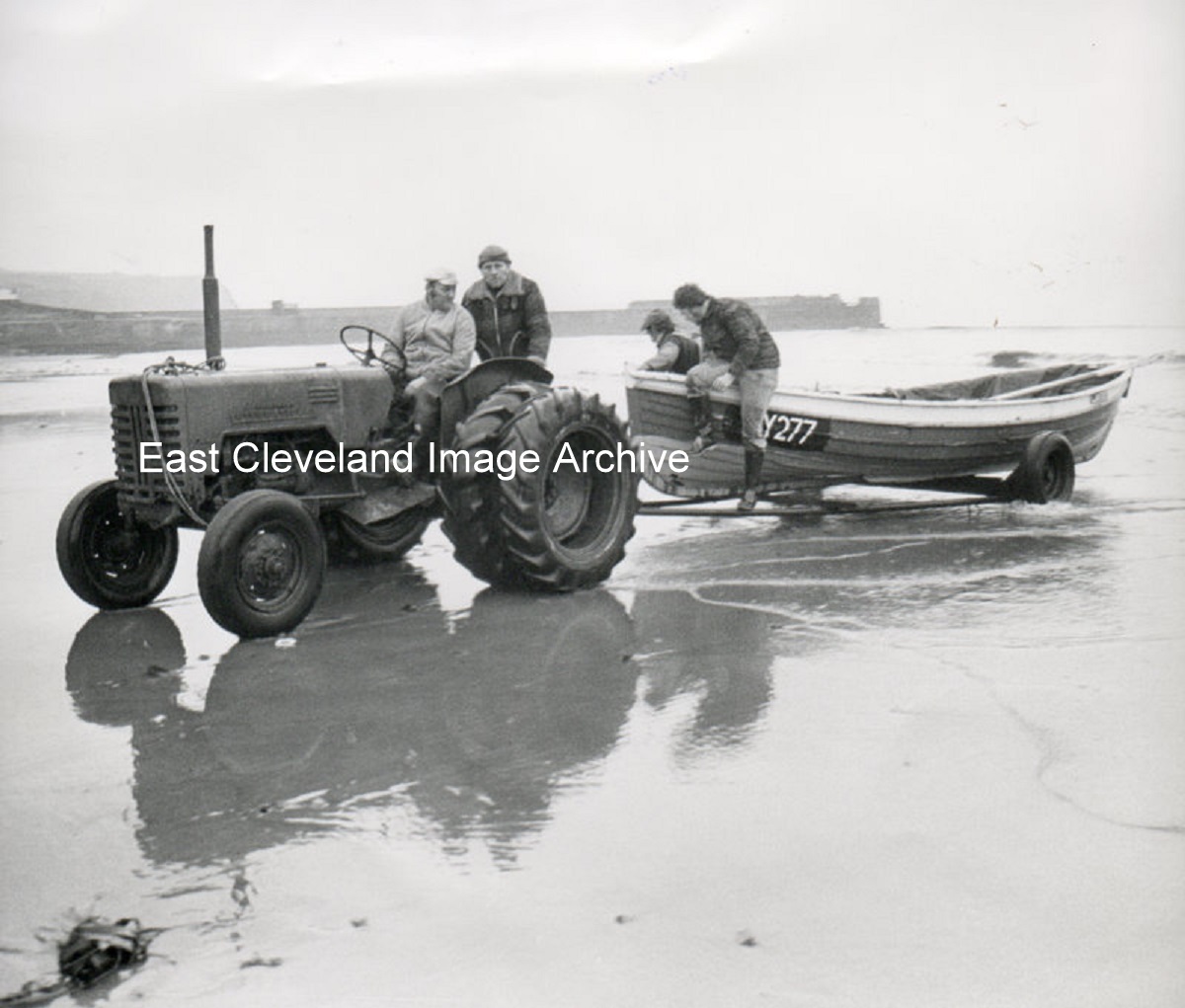
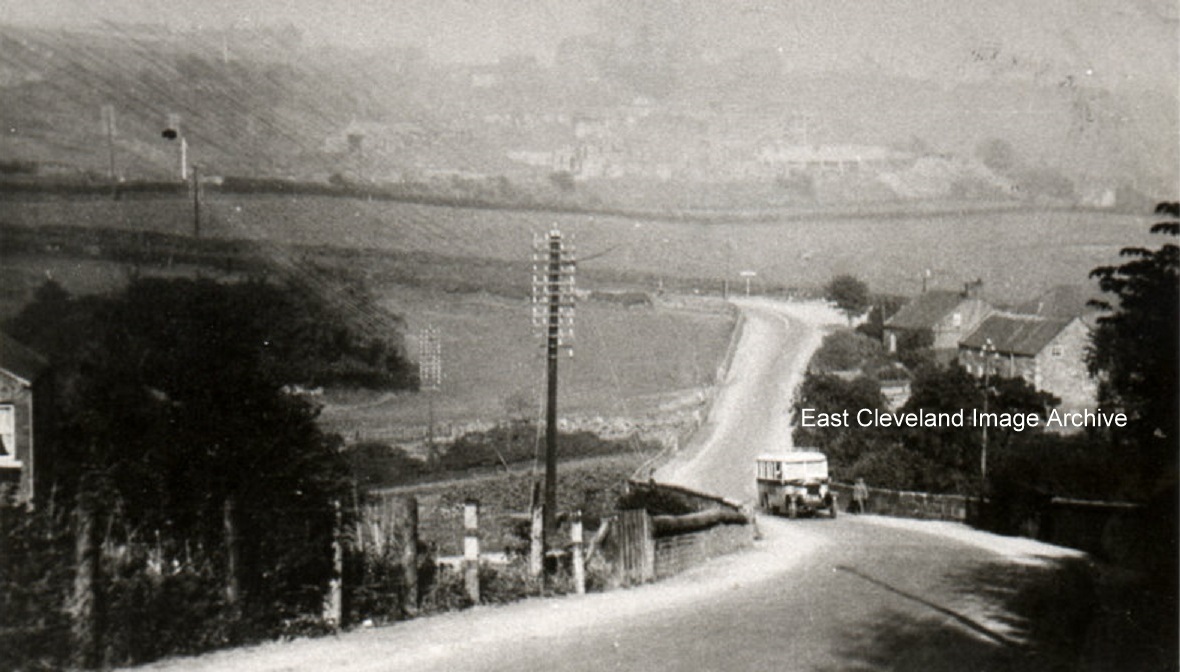

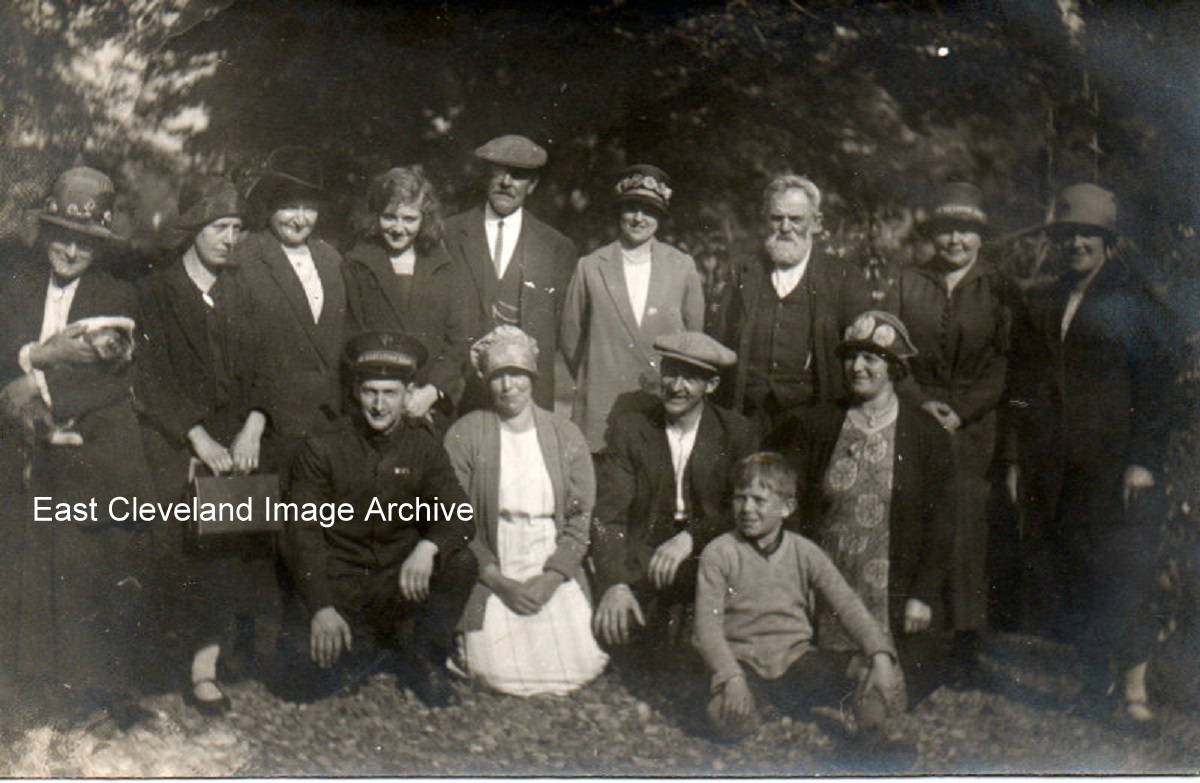
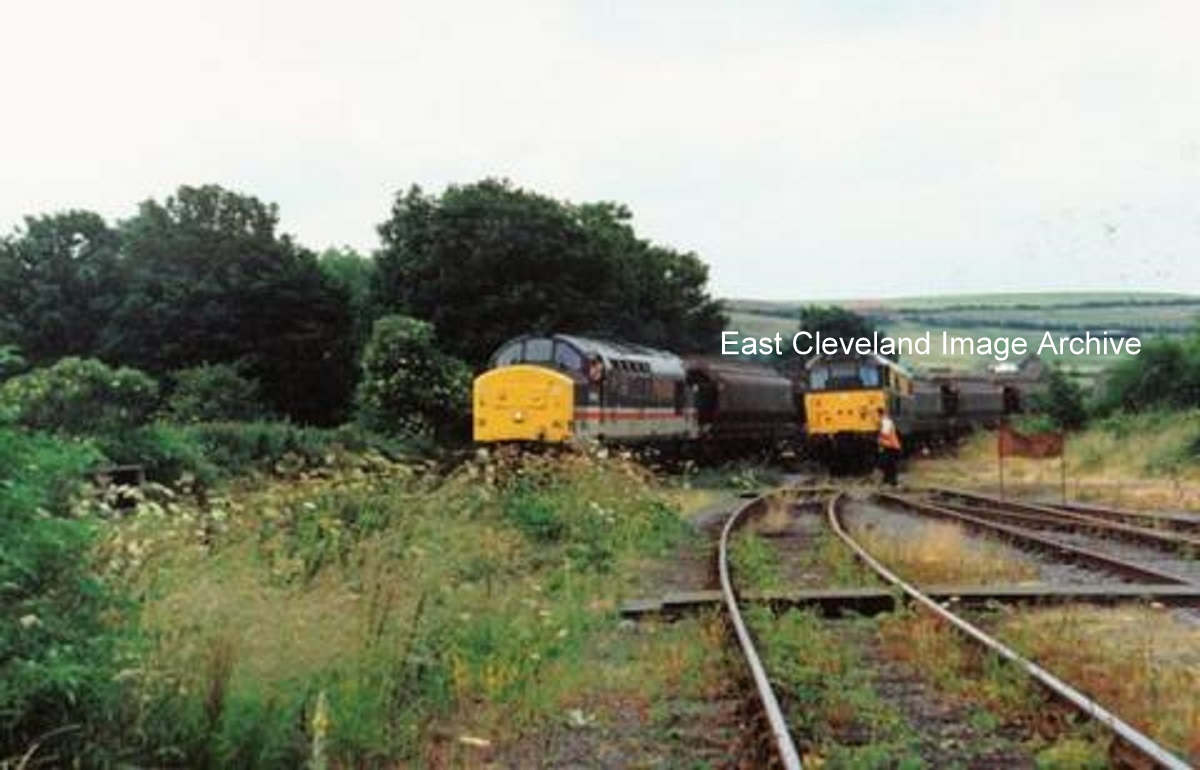
Recent Comments